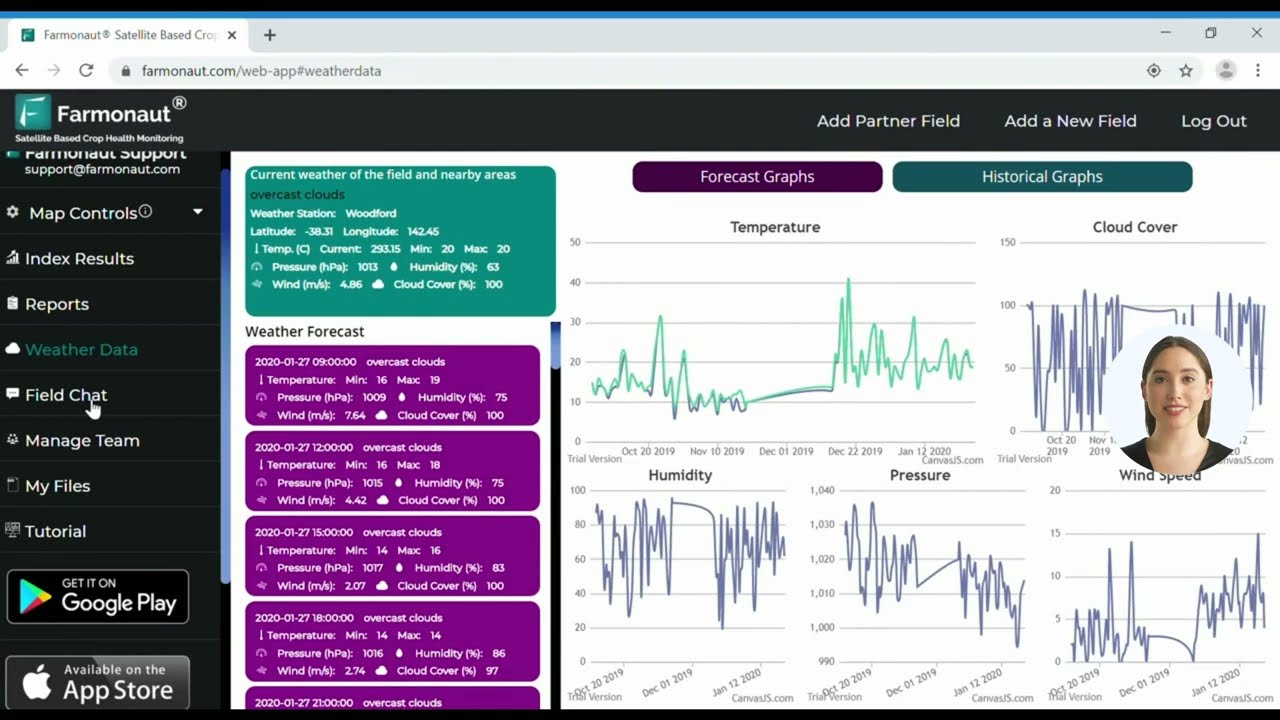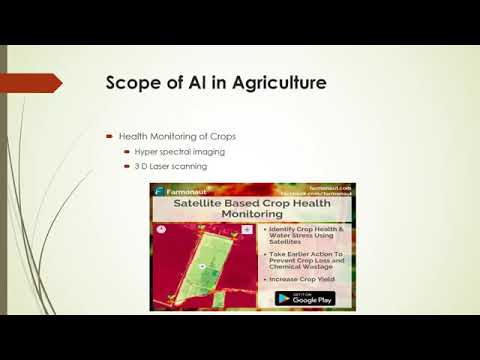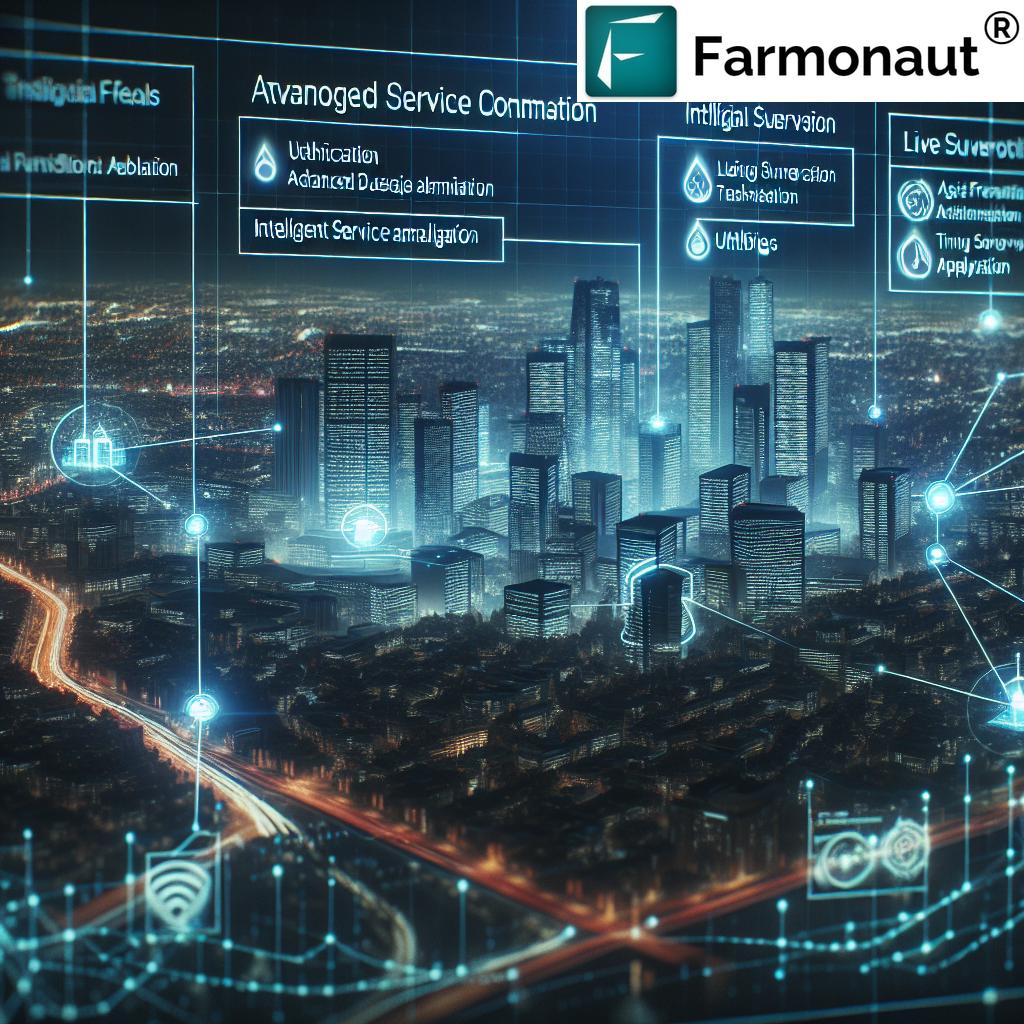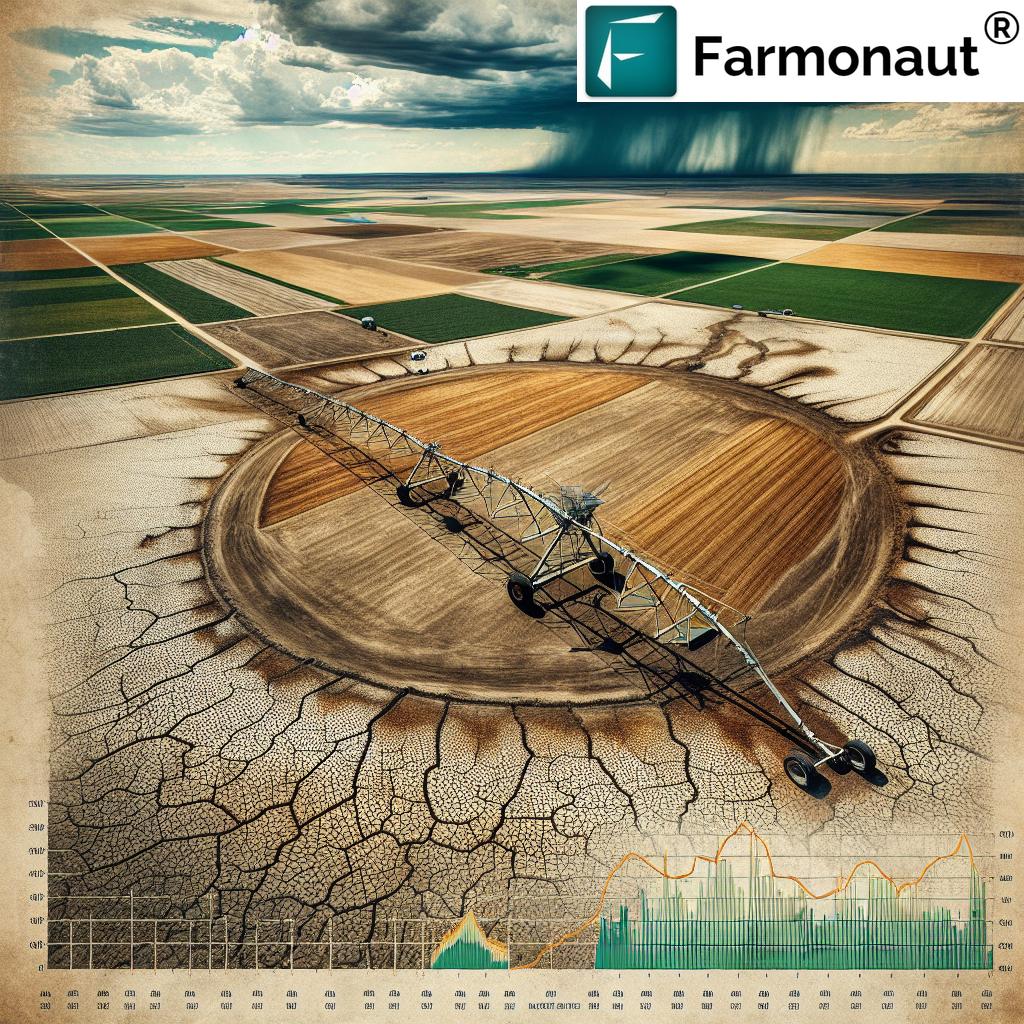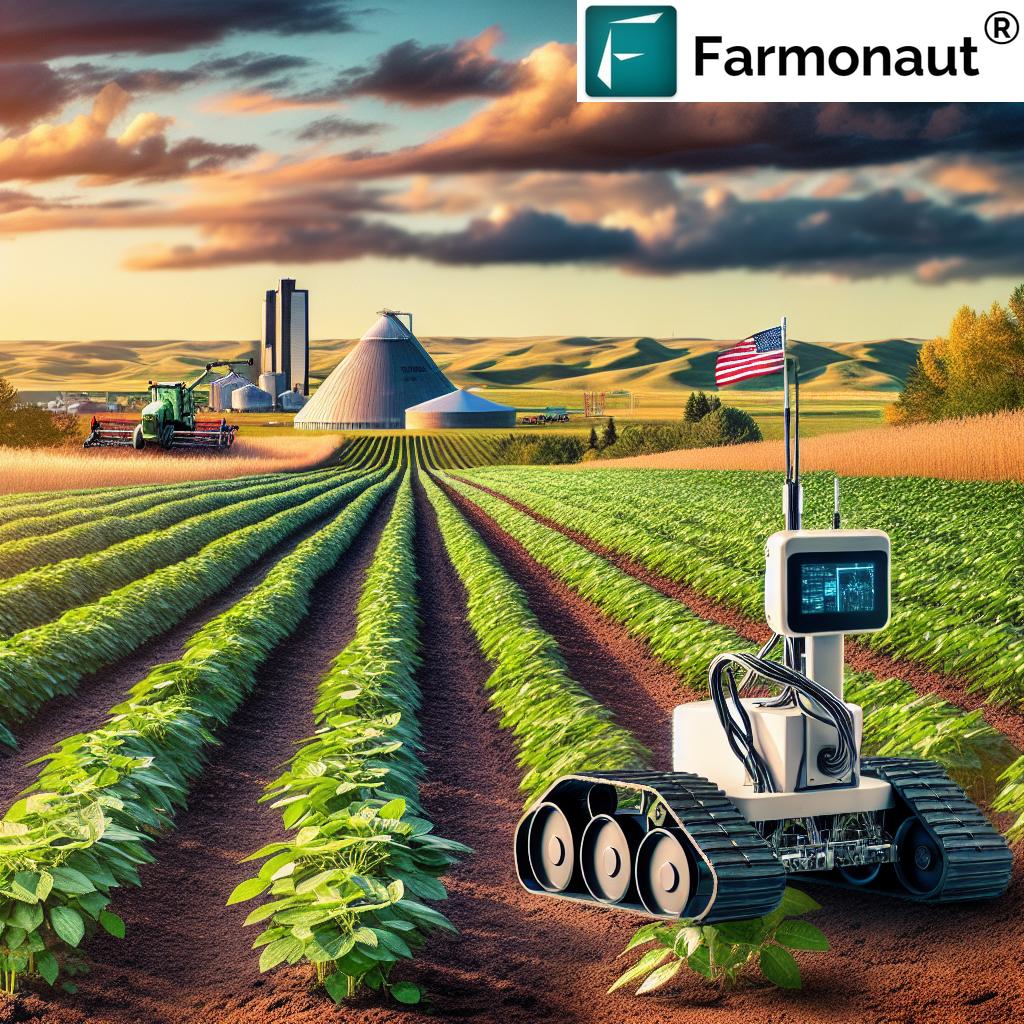Revolutionizing IoT: The Rise of Narrowband Smart Services in USA’s Digital Infrastructure (2025-2032)
“The Narrowband IoT smart service market is projected to grow at a CAGR of 19.4% from 2025 to 2032.”
As we step into a new era of connectivity, the United States is witnessing a transformative shift in its digital landscape. The rise of Narrowband Internet of Things (NB-IoT) smart services is set to redefine how we interact with technology, revolutionizing industries and enhancing our daily lives. In this comprehensive exploration, we’ll delve into the projected growth, key drivers, and far-reaching impacts of NB-IoT on USA’s digital infrastructure from 2025 to 2032.
Understanding Narrowband IoT: The Foundation of Smart Services
Narrowband IoT is a low-power wide-area network (LPWAN) technology designed to enable efficient communication between a vast number of devices. Its ability to provide deep indoor coverage, extended battery life, and low operational costs makes it an ideal solution for massive IoT deployments across various sectors.
Key features of NB-IoT include:
- Long-range connectivity
- Low power consumption
- Improved indoor penetration
- Cost-effective deployment
- Scalability for massive device connections
These characteristics position NB-IoT as a game-changer in the IoT landscape, particularly for applications requiring long battery life and wide-area coverage.
Market Growth Projections: A Promising Future
The NB-IoT smart service market in the USA is poised for significant growth from 2025 to 2032. Let’s take a closer look at the projected market expansion:
| Year | Estimated Market Value (USD billions) | Year-over-Year Growth Rate (%) | Key Adoption Sectors | Projected Connected Devices (millions) |
|---|---|---|---|---|
| 2025 | 2.5 | – | Utilities, Smart Cities | 50 |
| 2026 | 3.1 | 24.0% | Utilities, Smart Cities, Industrial Monitoring | 75 |
| 2027 | 3.8 | 22.6% | Utilities, Smart Cities, Industrial Monitoring, Agriculture | 110 |
| 2028 | 4.6 | 21.1% | Utilities, Smart Cities, Industrial Monitoring, Agriculture, Healthcare | 160 |
| 2029 | 5.5 | 19.6% | Utilities, Smart Cities, Industrial Monitoring, Agriculture, Healthcare, Retail | 230 |
| 2030 | 6.5 | 18.2% | Utilities, Smart Cities, Industrial Monitoring, Agriculture, Healthcare, Retail, Transportation | 320 |
| 2031 | 7.7 | 18.5% | Utilities, Smart Cities, Industrial Monitoring, Agriculture, Healthcare, Retail, Transportation, Energy | 440 |
| 2032 | 9.2 | 19.5% | Utilities, Smart Cities, Industrial Monitoring, Agriculture, Healthcare, Retail, Transportation, Energy, Environmental Monitoring | 600 |
This robust growth trajectory underscores the increasing adoption of NB-IoT across various sectors, driven by its ability to provide efficient, cost-effective connectivity solutions for a wide range of applications.
Key Drivers of NB-IoT Adoption
Several factors are fueling the rapid adoption of NB-IoT smart services in the USA:
- Demand for Efficient Connectivity: As industries seek to optimize operations and reduce costs, NB-IoT offers a reliable, low-power solution for connecting numerous devices.
- Smart City Initiatives: Municipalities are increasingly investing in smart infrastructure, leveraging NB-IoT for applications like smart lighting, waste management, and parking systems.
- Industrial IoT (IIoT) Growth: The manufacturing sector is embracing NB-IoT for asset tracking, predictive maintenance, and process optimization.
- 5G Integration: The rollout of 5G networks is accelerating NB-IoT deployment, offering enhanced coverage and capacity for IoT devices.
- Regulatory Support: Government initiatives promoting IoT adoption and smart city development are creating a favorable environment for NB-IoT growth.
“NB-IoT technology’s integration with 5G networks is accelerating its deployment across multiple sectors in the USA.”
Transformative Applications of NB-IoT
NB-IoT is enabling a wide range of innovative applications across various industries:
Smart Agriculture
In the agricultural sector, NB-IoT is revolutionizing farming practices. Farmonaut’s crop plantation and forest advisory services leverage NB-IoT technology to provide real-time data on soil moisture, crop health, and weather conditions. This enables farmers to make informed decisions, optimize resource usage, and increase crop yields.
Smart Cities
NB-IoT is powering smart city initiatives, enabling efficient management of urban resources:
- Smart lighting systems that adjust based on ambient conditions and foot traffic
- Waste management solutions with connected bins that optimize collection routes
- Smart parking systems that guide drivers to available spaces, reducing congestion
Industrial Monitoring
In manufacturing and industrial settings, NB-IoT facilitates:
- Real-time asset tracking and management
- Predictive maintenance to minimize downtime
- Environmental monitoring for safety and compliance
Utilities Management
NB-IoT is transforming utility operations through:
- Smart metering for electricity, gas, and water
- Grid monitoring and management
- Leak detection in water distribution systems
Healthcare
In the healthcare sector, NB-IoT enables:
- Remote patient monitoring
- Asset tracking for medical equipment
- Environmental monitoring in hospitals and care facilities
The Role of NB-IoT in Sustainable Development
NB-IoT is playing a crucial role in promoting sustainability and environmental stewardship:
Energy Efficiency
By enabling smart energy management systems, NB-IoT helps reduce energy consumption in buildings, industries, and urban infrastructure. Farmonaut’s carbon footprinting solutions utilize NB-IoT technology to help businesses track and reduce their carbon emissions, contributing to more sustainable operations.
Resource Conservation
NB-IoT-powered smart water management systems help detect leaks, optimize distribution, and reduce water waste. In agriculture, precision farming techniques enabled by NB-IoT minimize the use of water, fertilizers, and pesticides.
Environmental Monitoring
NB-IoT sensors are being deployed to monitor air quality, water quality, and noise levels in urban areas, providing valuable data for environmental management and policy-making.
Challenges and Opportunities in NB-IoT Adoption
While the future of NB-IoT looks promising, there are challenges to overcome:
Interoperability
Ensuring seamless integration with existing systems and other IoT technologies remains a challenge. Industry collaboration and standardization efforts are crucial to address this issue.
Security Concerns
As with any connected technology, security is paramount. Robust encryption, authentication mechanisms, and regular security audits are essential to protect NB-IoT networks and devices from cyber threats.
Scalability
As the number of connected devices grows exponentially, network infrastructure must evolve to handle the increased data traffic and device management requirements.
Skills Gap
There’s a growing need for professionals skilled in NB-IoT technology, deployment, and management. Educational initiatives and training programs are essential to bridge this gap.
The Future of NB-IoT: Emerging Trends and Innovations
As we look towards 2032, several trends are shaping the future of NB-IoT:
AI and Machine Learning Integration
The combination of NB-IoT with AI and machine learning will enable more intelligent, autonomous systems capable of predictive analytics and self-optimization.
Edge Computing
Integrating edge computing with NB-IoT will reduce latency and enable real-time processing of IoT data, opening up new possibilities for time-sensitive applications.
Hybrid IoT Solutions
We’re likely to see more hybrid solutions combining NB-IoT with other LPWAN technologies and cellular networks to provide comprehensive coverage and meet diverse application requirements.
Energy Harvesting
Advancements in energy harvesting technologies will further extend the battery life of NB-IoT devices, potentially enabling perpetual operation without battery replacement.
The Economic Impact of NB-IoT
The widespread adoption of NB-IoT is expected to have significant economic implications:
Job Creation
The growth of the NB-IoT sector is creating new job opportunities in areas such as IoT device manufacturing, network deployment, data analytics, and application development.
Operational Efficiency
By enabling more efficient resource management and predictive maintenance, NB-IoT is helping businesses reduce operational costs and improve productivity.
New Business Models
NB-IoT is facilitating the development of new, data-driven business models and services across various industries. For example, Farmonaut’s fleet management solutions leverage NB-IoT to provide real-time tracking and optimization of agricultural machinery, enhancing operational efficiency for agribusinesses.
Innovation Catalyst
The proliferation of NB-IoT is spurring innovation across industries, leading to the development of new products, services, and solutions that address previously unmet needs.
Regulatory Landscape and Policy Implications
The growth of NB-IoT is closely tied to the regulatory environment:
Spectrum Allocation
Continued efforts by regulatory bodies to allocate suitable spectrum for NB-IoT will be crucial for its widespread deployment and adoption.
Data Privacy and Security
As NB-IoT enables the collection of vast amounts of data, robust data protection regulations and security standards will be essential to ensure consumer trust and protect sensitive information.
Interoperability Standards
The development and enforcement of interoperability standards will be critical to ensure seamless integration of NB-IoT devices and systems across different platforms and networks.
Infrastructure Investment
Government policies encouraging investment in digital infrastructure will play a key role in accelerating NB-IoT deployment and adoption.
The Role of Startups and Innovation in NB-IoT Ecosystem
Startups are playing a crucial role in driving innovation within the NB-IoT ecosystem:
Specialized Solutions
Startups are developing niche, industry-specific NB-IoT solutions that address unique challenges in sectors such as agriculture, healthcare, and manufacturing.
Technology Integration
Innovative startups are finding new ways to integrate NB-IoT with other emerging technologies like blockchain, AI, and edge computing, creating more powerful and versatile IoT solutions.
User Experience
By focusing on user-friendly interfaces and intuitive applications, startups are making NB-IoT technology more accessible to a broader range of users and industries.
Conclusion: A Connected Future Powered by NB-IoT
As we look towards 2032, it’s clear that Narrowband IoT will play a pivotal role in shaping the USA’s digital infrastructure. From smart cities and industrial applications to agriculture and healthcare, NB-IoT is set to revolutionize how we interact with technology and manage our resources.
The projected growth of the NB-IoT smart service market, with its impressive CAGR of 19.4%, underscores the technology’s potential to drive significant economic and societal benefits. As challenges are addressed and new innovations emerge, we can expect to see even more transformative applications of NB-IoT across various sectors.
For businesses, governments, and individuals alike, embracing NB-IoT technology offers opportunities for increased efficiency, sustainability, and innovation. As we continue to build a more connected world, NB-IoT will undoubtedly be at the forefront, enabling smarter, more responsive, and more sustainable systems that enhance our daily lives and drive progress across industries.
FAQ Section
What is Narrowband IoT (NB-IoT)?
Narrowband IoT is a low-power wide-area network (LPWAN) technology designed for efficient communication between a large number of devices over long distances. It offers deep indoor coverage, extended battery life, and low operational costs.
How fast is the NB-IoT market expected to grow?
The NB-IoT smart service market is projected to grow at a Compound Annual Growth Rate (CAGR) of 19.4% from 2025 to 2032.
What are the key sectors adopting NB-IoT?
Key sectors adopting NB-IoT include utilities, smart cities, industrial monitoring, agriculture, healthcare, retail, transportation, and energy management.
How does NB-IoT contribute to sustainability?
NB-IoT enables efficient resource management, energy conservation, and environmental monitoring, contributing to more sustainable practices across various industries.
What are the main challenges in NB-IoT adoption?
Key challenges include ensuring interoperability with existing systems, addressing security concerns, scaling infrastructure to meet growing demand, and bridging the skills gap in IoT technologies.
How is NB-IoT integrated with 5G networks?
NB-IoT is being integrated into 5G network infrastructure, leveraging the enhanced coverage and capacity of 5G to improve IoT device connectivity and performance.
What role do startups play in the NB-IoT ecosystem?
Startups are driving innovation in the NB-IoT space by developing specialized solutions, integrating NB-IoT with other emerging technologies, and improving user experience.
How will NB-IoT impact job creation?
The growth of NB-IoT is expected to create new job opportunities in areas such as IoT device manufacturing, network deployment, data analytics, and application development.
What are some emerging trends in NB-IoT technology?
Emerging trends include integration with AI and machine learning, edge computing, hybrid IoT solutions, and advancements in energy harvesting for IoT devices.
How can businesses prepare for the NB-IoT revolution?
Businesses can prepare by investing in NB-IoT-compatible infrastructure, developing IoT strategies, upskilling their workforce, and exploring partnerships with IoT solution providers and startups.
Earn With Farmonaut: Link https://farmonaut.com/affiliate-program
Earn 20% recurring commission with Farmonaut’s affiliate program by sharing your promo code and helping farmers save 10%. Onboard 10 Elite farmers monthly to earn a minimum of $148,000 annually—start now and grow your income!




